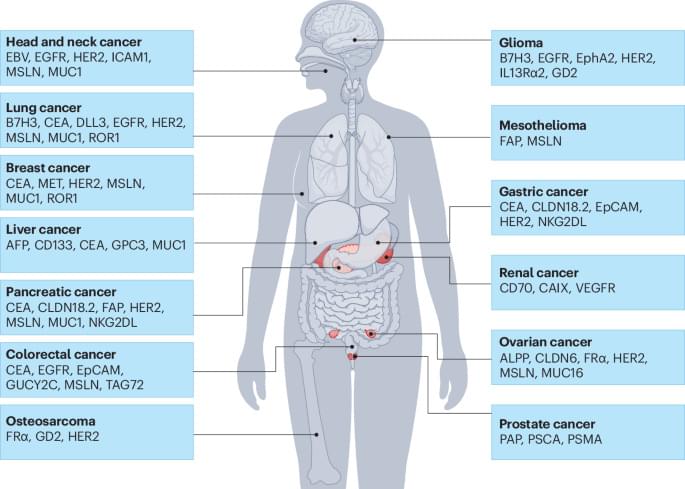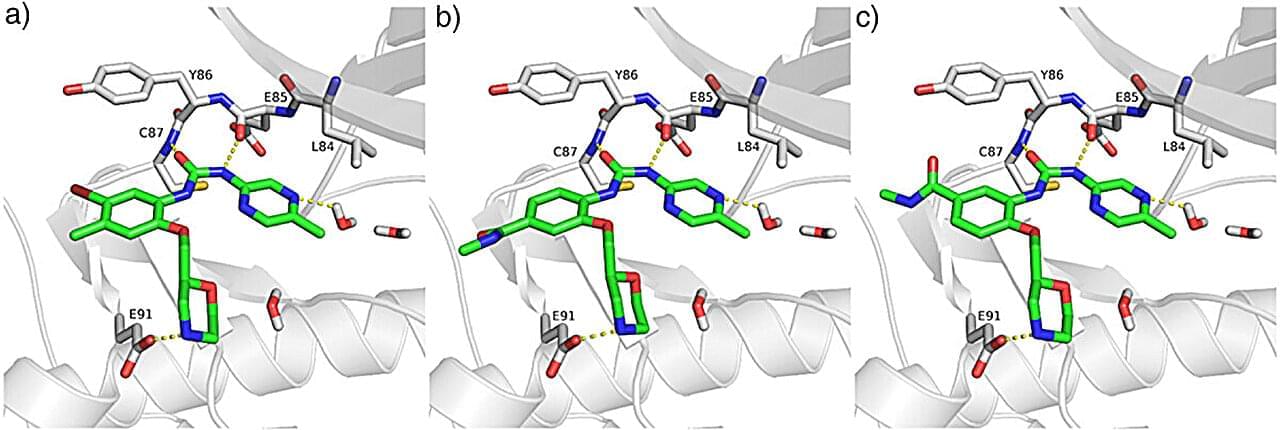Slicing up and analyzing real, living, three-dimensional brain tissue comes with some obvious complications – as in, it tends to be needed by its owner. But scientists are now closer than ever to being able to grow realistic brain tissue models in the lab to experiment on instead.
A team of researchers led by the University of California, Riverside (UCR) have created a tiny scaffolding some 2 millimeters (0.08 inches) wide, on which donated neural stem cells can be attached and develop into full neurons.
The scaffolding is called BIPORES – or the Bijel-Integrated PORous Engineered System – and it’s made mostly of the common polymer polyethylene glycol (PEG). The researchers modified the PEG to make it ‘sticky’ for brain cells, without needing the usual coatings that can interfere with the reliability of the science.








